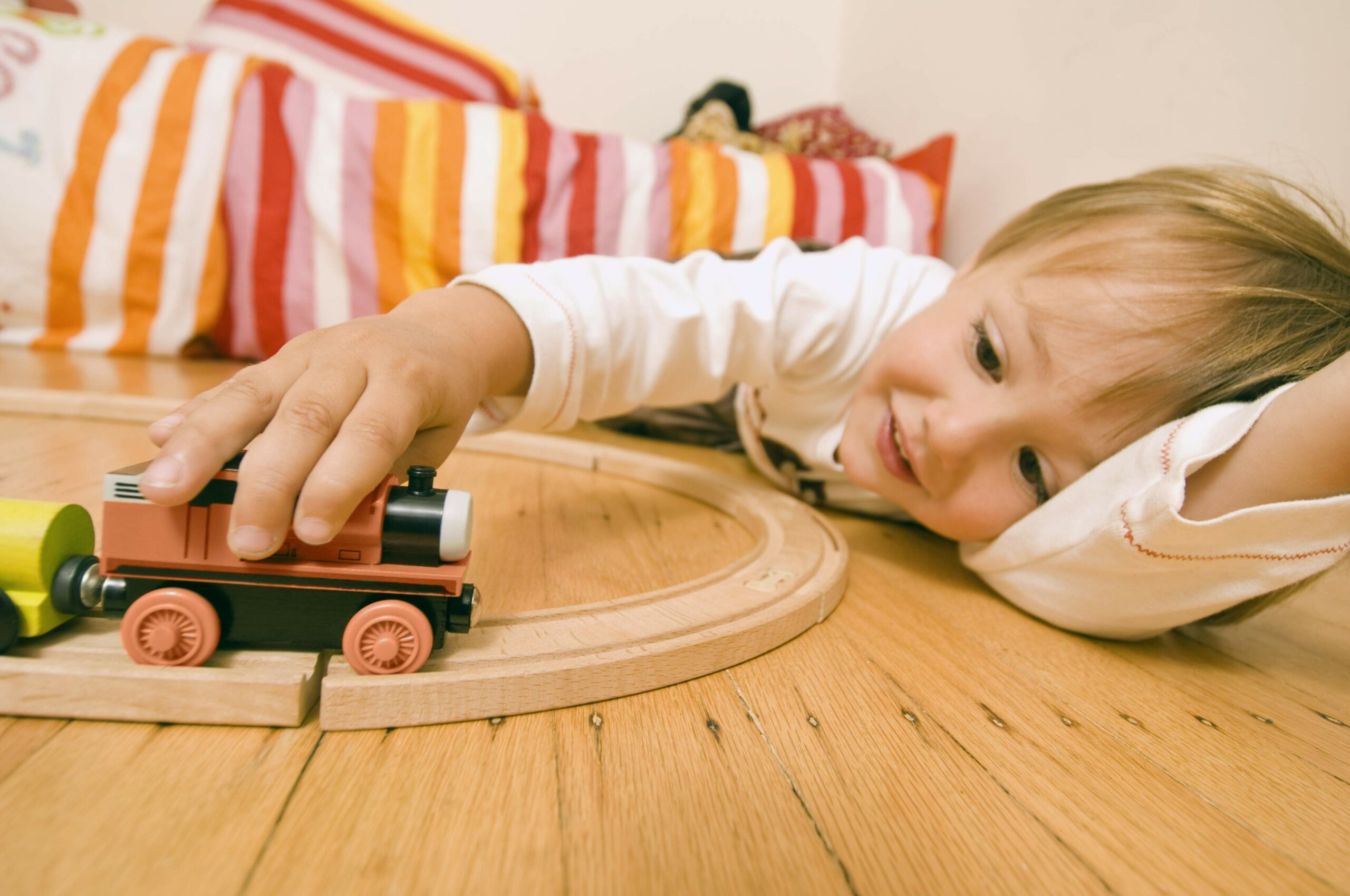
Do you know what toys are safe for a child? As an adult, sometimes it’s hard to tell. A toy might not look dangerous to you, but hazards may lurk for children.
The U.S. Consumer Product Safety Commission estimates that hospital emergency rooms in the United States treated more than a quarter-million toy-related injuries in 2011, the most recent data available. The injuries included lacerations, abrasions and bruises, and of those injured, 70 percent were under 12. Forty-five percent of the injuries were in the area of the head and face.
“With Christmas around the corner, it’s important to remember not to get caught up in the excitement of the season and forget to think about whether a gift is appropriate for an individual child,” said Dr. Heather Felton, a pediatrician with UofL Physicians.
Here are some tips to consider as you’re shopping for the children on your list this holiday season:
- Inspect all toys before purchasing to make sure they are appropriate for a child’s age and development level, and read the packaging. Some toys have the appropriate age range marked on the box.
- For younger children:
– Ask yourself if any part of the toy could be bitten off or swallowed, and don’t give toys with small parts that could be a choking hazard. Remember that young children, especially those under 3, tend to put things in their mouths. If part of a toy can fit in a toilet paper roll, the toy is not appropriate for a child under age 3.
– Avoid play sets with small magnets that could present a choking hazard and make sure batteries are secured within the toy.
– Inspect toys for sturdiness. They should be durable, with no points or sharp edges that could cut small hands or fingers. They should also withstand impact.
– Avoid toys with string, ribbon, straps or a cord longer than 7 inches, as these may pose a risk of strangulation.
– Remember that if a toy looks too much like the real thing, a child could mistake the real thing for the toy.
- Avoid toys that shoot, or include parts that fly off.
- Consider whether the toy could be a fire hazard, and avoid toys with electrical heating elements for children under age 8.
- Avoid toys that make loud noises.
- For a gift of sports equipment, include the appropriate protective gear (such as a helmet to go with a bike or skateboard).
It’s OK to make recommendations to family members and friends about gifts that you feel are appropriate for your child, and be diligent about inspecting gifts before allowing your child to play with them. If you’re buying gifts for other children, include a gift receipt if possible.
Once toys are opened, keep those meant for older children away from younger ones. Read all instructions, and explain the toy’s proper use to children. Dispose of packaging material immediately, as children might play with plastic wrapping, and some plastic packaging might have sharp edges.
And finally, remember that any toy labeled “supervision required” must always be used in the presence of an adult.
Toys can sometimes be recalled for safety reasons, so it’s a good idea to check the U.S. Consumer Product Safety Commission’s website, cpsc.gov, for any recalls.
Source: Prevent Blindness America









